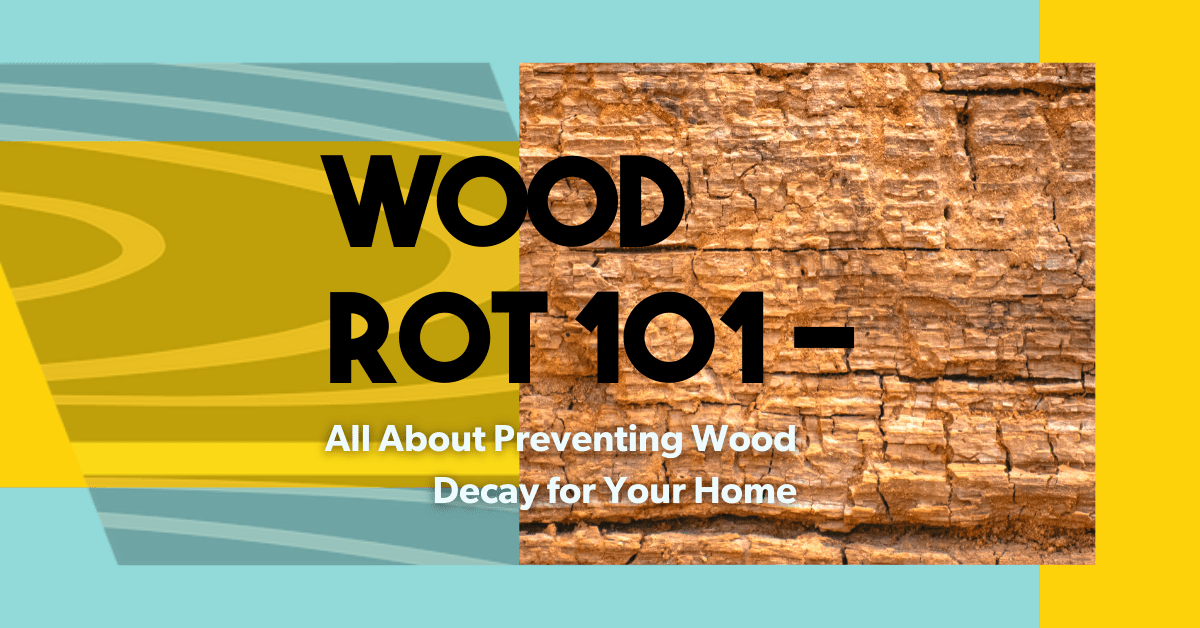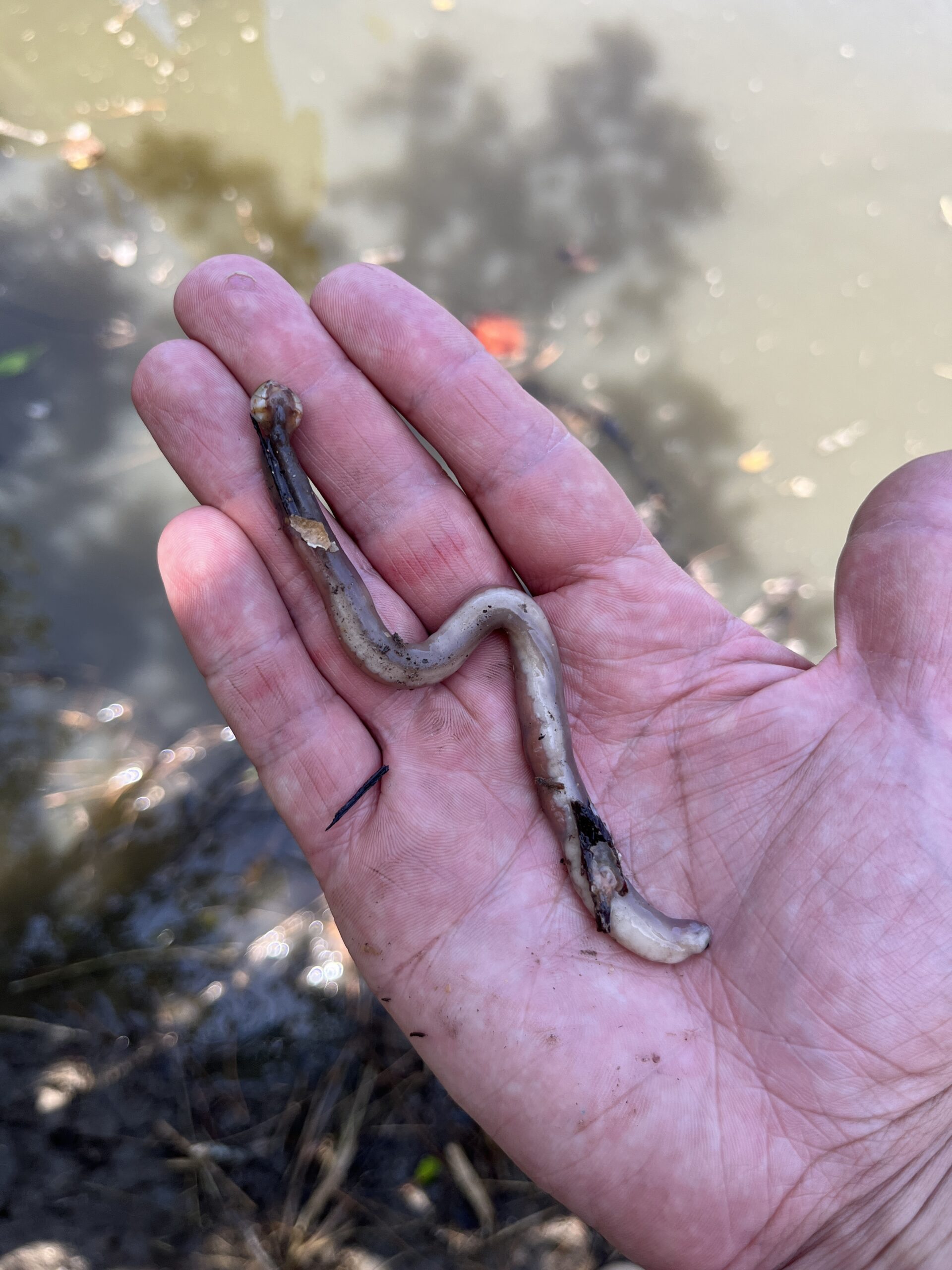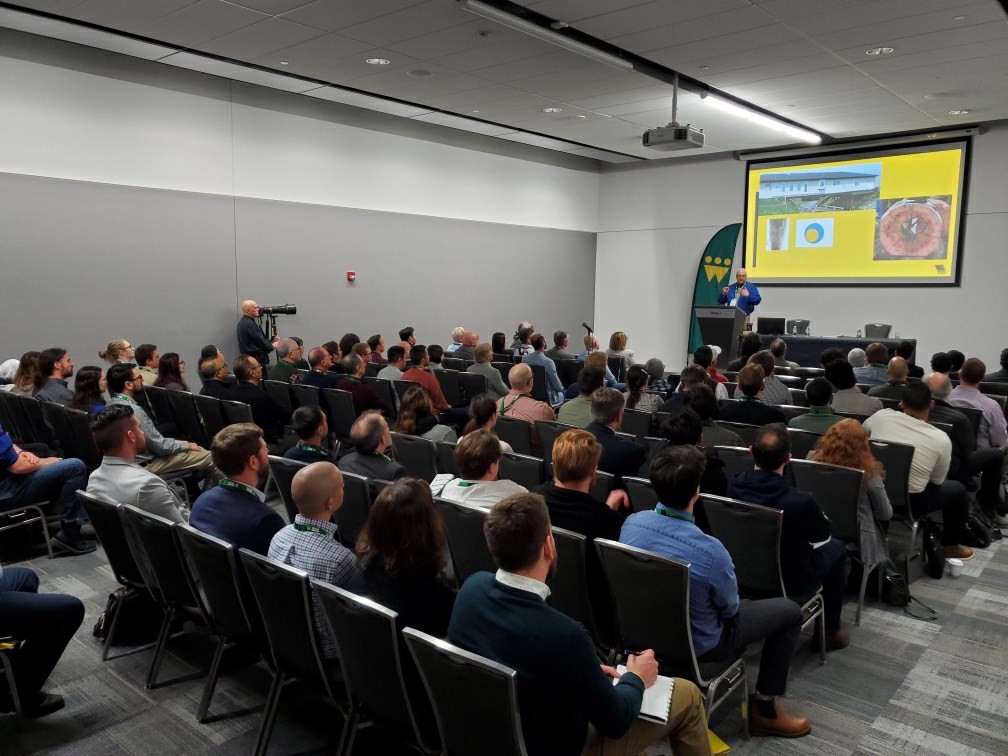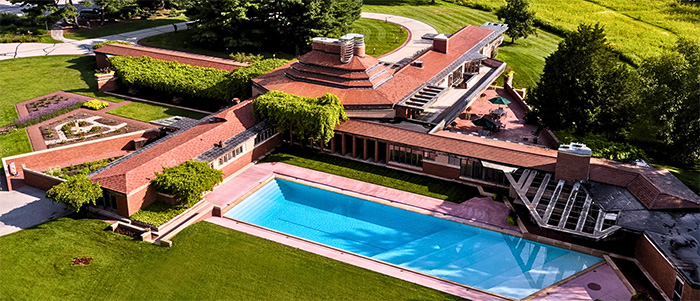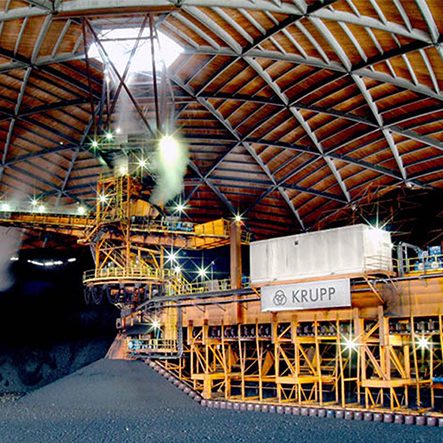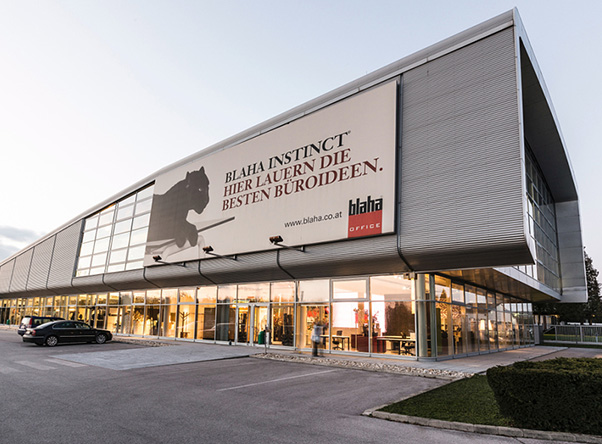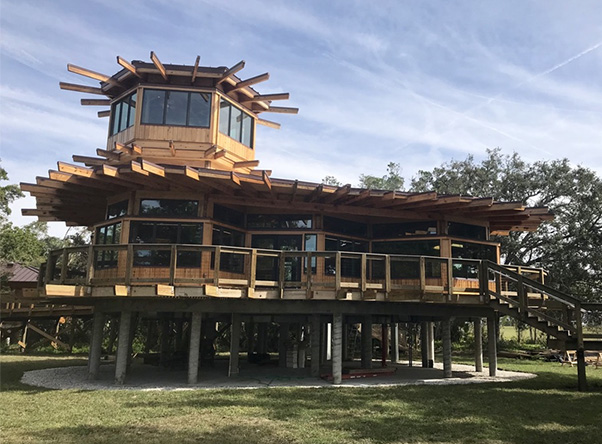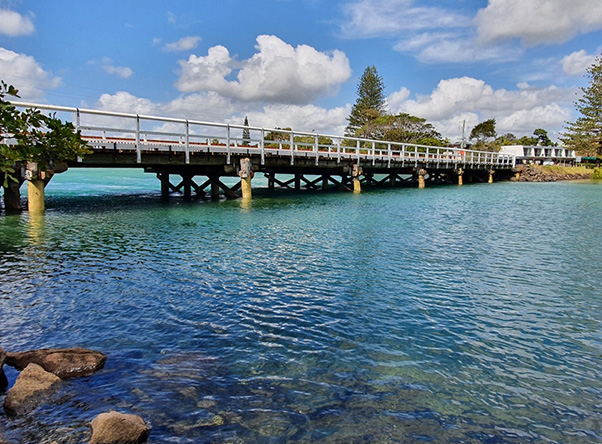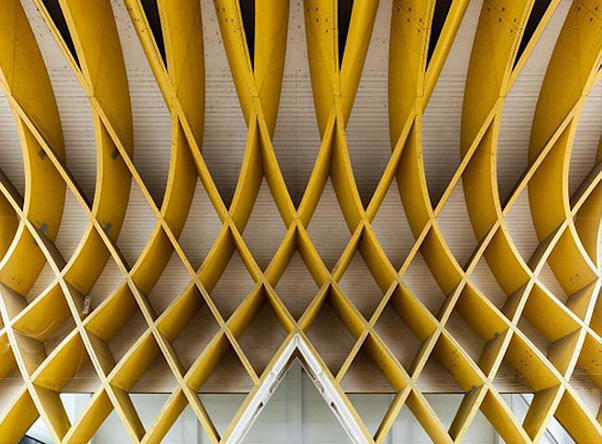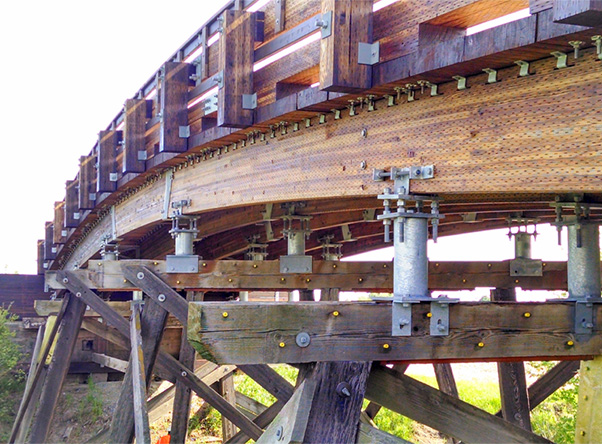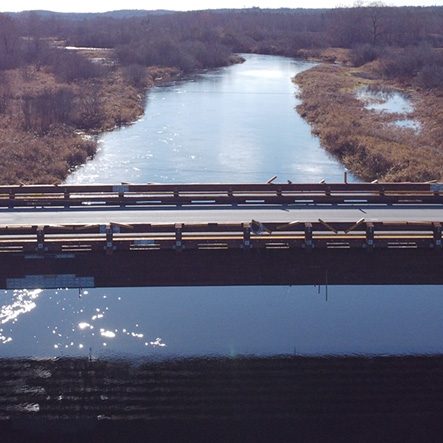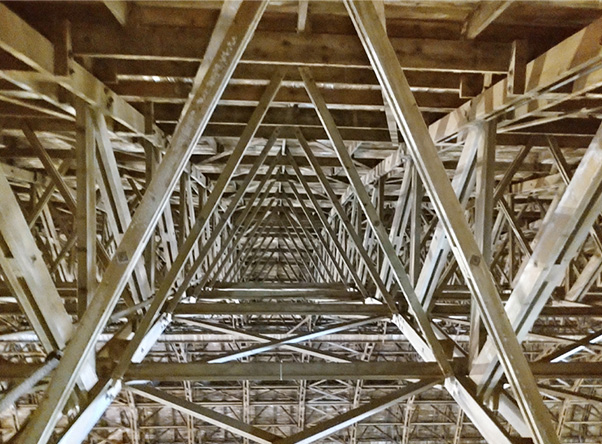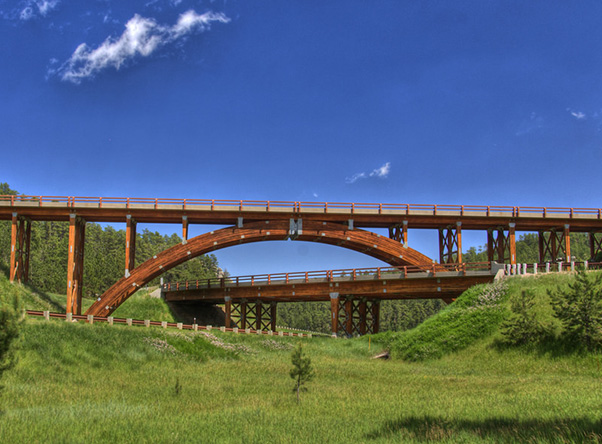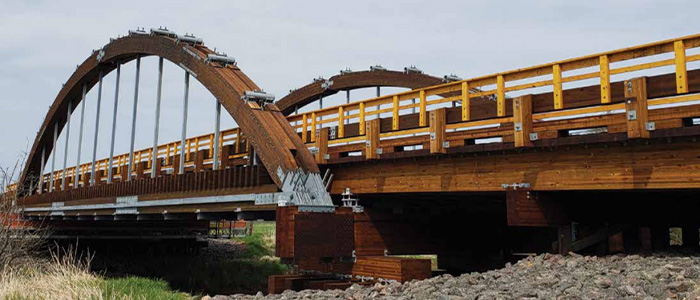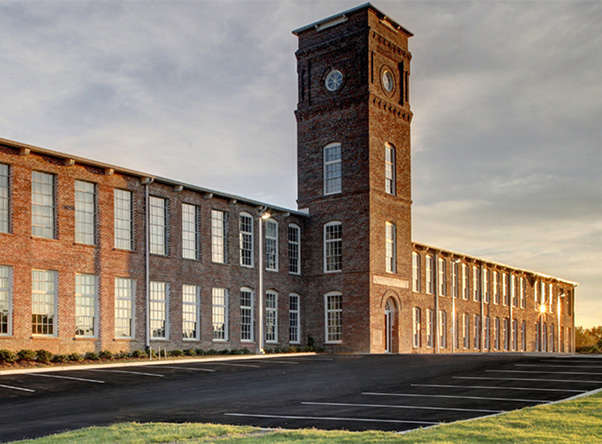With the warm days of summer have to an end, and with autumn here beautifying our surroundings with oranges and yellows, now is a good time to start thinking of how to protect your deck/veranda from decay for next year, caused by rot and insect infestation. Understanding what causes wood to decay will help you choose the method of protection that is right for your home.
Natural Processes
Wood is an natural, organic substance and has a distinct life cycle involving seeding, growth, death and decomposition. We have discovered that wood is an economical material to build with and so have developed methods to keep wood from decomposing once a tree has been felled and sectioned for log homes, decks, porches, or verandas.
Weathering, insect infestation and fungal attack are all natural processes which have a great effect on the life of wood. However, fungal attack, or rot, leads to more rapid decomposition of the wood and causes greater structural problems in North America than weathering or insect infestation.
Weathering
The effects of the sun’s ultraviolet rays, rain, wind and freeze/thaw lead to a decomposition of the wood structure on the surface called weathering. This often leads to a greying or browning of the surface of the wood to a depth of about 1/100” deep.
Insect Infestation
Insects use the wood in the logs for food, lodging and breeding. This may lead to decomposition of the wood or decomposition of your level of satisfaction with the home.
Fungus
Fungus attack can lead to the structural decomposition of your wood elements of your home. Where does fungus come from? Fungus is in the particular plant family which does not produce their own food by photosynthesis as green plants containing chlorophyll do.
Fungi comes in various rot-producing forms, none of which any of us want in our wood. These fungi are all around us – in the forest before the tree is felled and at the sawmills where the trees are made into logs or boards. Understanding how fungi attach to the wood is half the battle in protecting our homes.
Elements Necessary for Fungal Growth
Four basic elements must be present for the fungus spores (seed for fungus plants) to grow and reproduce. These are food sources (wood), water, oxygen and proper temperature.
Wood
Some species contain natural chemicals (extractives, tannins or resins), that act to resist fungal attack. However, over time and given satisfactory conditions, even the more resistant species of wood will succumb to fungal attack. The natural chemicals disperse and fungus attacks the wood structure feeding on the cellulose and lignin fibers that make up the structure of the wood.
Water
Fungus require moisture (water) in close proximity to the wood fiber to grow. The moisture content by weight in wood at which fungus begins to thrive is 20-22% and ideal conditions exist at 26-32%.
Oxygen
In addition to water, oxygen must be present to provide for fungal growth. Generally it is agreed that 20% air volume in the wood is required to provide enough oxygen for the fungus to process the wood into food.
Temperature
The ideal temperature for fungus to thrive is 75-90˚ F. A wider range of 40-105˚ F will sustain fungal growth.
If you remove one or more of these necessary elements, fungus cannot develop and rot is prevented. For example, wood has not decomposed after centuries locked up in an Egyptian tomb where water is not present in proper amounts. Furthermore, logs remain solid and intact under water where oxygen does not exist in necessary amounts.
Therefore, it is important to minimize the opportunities for our log home to be exposed to these four elements. Of these, water is perhaps the easiest element to control. There are many ways we deal with water content in our logs.
Moisture Content Control
If you are in the planning stages of your log home there are things to be done to reduce the potential of increasing moisture content in the wood of your home. Following are some home design provisions you may want to incorporate.
- Eave overhang minimum 24” at the base to 36” at the peak (ideally 48” at the peak)
- Flashings over windows and doors and projections from walls
- Properly installed eavestroughing
- Adequate attic ventilation to prevent moisture buildup in the wall/attic interfaces
- Adequate grade clearance or splash height (19” min), ideally with a first course flashing (see Figure 2) keeping ground moisture away from log.
Also, there are some points to consider in terms of where you choose to build your home. The location should be on dry ground, have access to air movement, and be orientated to allow sun exposure.
The design of log joinery in your home is also important. Try to include the following items in your home:
- Logs incorporating a drip edge to provide for shelf water run off
- Boxed in heart logs that dry in an oval shape providing a slope for continual runoff of shelf water that moves into the space between logs and comes to rest on flat spots of logs like at corners
- Fill all countersunk spike heads holes with caulking as construction takes place.
NOTE: Heartwood generally contains the largest concentration of extractives which aid in preventing attack from fungus. Thus, removal of sapwood from logs or wood can improve decay resistance.
Some species such as northern white cedar contain inherent heart rot (found in natural growing trees) which can counteract the positive feature of the extractive. It is necessary to screen out all logs containing this fungus.
Further, logs cut in the winter or fall are less likely to have fungus spores attached because the low temperatures prevent spore development, movement and deposit on the logs. At the mill and on your property logs should be stacked apart and stored in well ventilated, covered sites off the ground.
Wood which is placed in open areas free from direct contact with moisture (resting off the ground and protected at least partially from rain) will dry out to a equilibrium moisture content of 15-19%. This depends somewhat upon the location. For example, wood would be drier stored in a desert than by the ocean. This moisture content is lower than the required wood moisture content of 20% or greater.
Thus, wood will not decay from fungus attack unless extra moisture is in contact with the logs for longer periods of time causing a higher moisture content in the wood. An example of this situation would be a window header improperly flashed allowing rain water to collect and lay for long periods of time.
If your log home is already constructed and you are trying to decide what finishes you might apply consider the following. Paints, stains and varnishes in themselves do not prevent rot if the elements necessary to sustain fungal growth are present.
Paints and coatings first were used to prevent weathering, not rotting. They acted as UV blockers preventing the decomposition of lignin by the ultraviolet rays from the sun. Additives were introduced which resisted fungal attack such as copper naphtenate and additives like paraffin wax which prevents or retards moisture migration.
Use of Coatings
A log home, deck, veranda, or porch should never be painted since paint places a coating on the log which prevents the log from absorbing and releasing moisture. Moisture will become trapped leading to contents higher than 20% in the wood. This will result in decay.
A coating is defined as any material with a percentage solids higher than 36-38%. Stains usually have 25-30% solids. A stain contains a water or petroleum based product known as the carrier, which moves the pigments (solids) into the cellular structure on the surface of the wood and deposits the pigment against the cell wall. These pigments are usually darker and absorb the ultraviolet rays before they get to the wood structure thereby protecting the wood from weathering.
Use of Stains
Stains allow the pores of the wood to remain open providing free travel of the moisture which is what is desired. Thus, stains are preferable for log homes.
Additives which resist insect attack can be added to the stain for extra protection. Additives can also be used to retard (not stop) moisture flow allowing logs to dry more evenly and reduce checking and surface cracks.
This still allows the wood to transfer moisture in and out through the surface and is acceptable. Repellents that totally block moisture flow are not advisable to put on a log home.
When staining a log home or other wooden structures, it is also important to note that if the structure(s) that has just been constructed with green logs needs 2-4 months so the surface can dry to a depth of about 1/4”. This will prevent water, migrating from the inside of the log, from mixing with the stain causing drip marks, flaking, peeling blotches and white powder (common in pine).
There are commercial methods used which impregnate the log under a vacuum pressure process with chemicals like chromated copper arsenate. These processes generally only impregnate the sapwood and are not capable of acceptable heartwood treatment. Since they can only be impregnated this way at the plant, re-machining the log on site will expose untreated wood.
Since the sapwood exhibits less favorable shrinkage characteristics and the chemical toxicity is a question, some people find this technique unacceptable. Recently a method of dipping the green logs (logs that have a moisture content over 26-30%) at the plant in a liquid containing a borate has been becoming popular. This is commonly called a diffuse wood treatment. The borate in the liquid diffuses into the log and onto the cell wall. This then acts as a repellent to insects and fungus.
However, care should be exercised in generalizing the effectiveness of this technique. Little independent research has been carried out and neither information nor regulatory standards for control of key variables during the processing have been established, variables such as temperature of wood, species of wood and the time of immersion.
However, performed correctly, the process has a promising future for log home protection and maintenance.
Conclusion
In summary, the best approach to preventing decay in your home or outdoor area is to remove the opportunities for moisture buildup at various points in the wood.
Stains are used to prevent weathering and with additives can repel insects and fungus but they won’t prevent rot if suitable conditions exist. Measures must be taken to insure that you know how to deal with the sources of food (wood, water, oxygen and temperature) which fungus thrives on.
A proper balance of design, manufacture and log surface protection will protect your log home and provide low maintenance for years to come.

